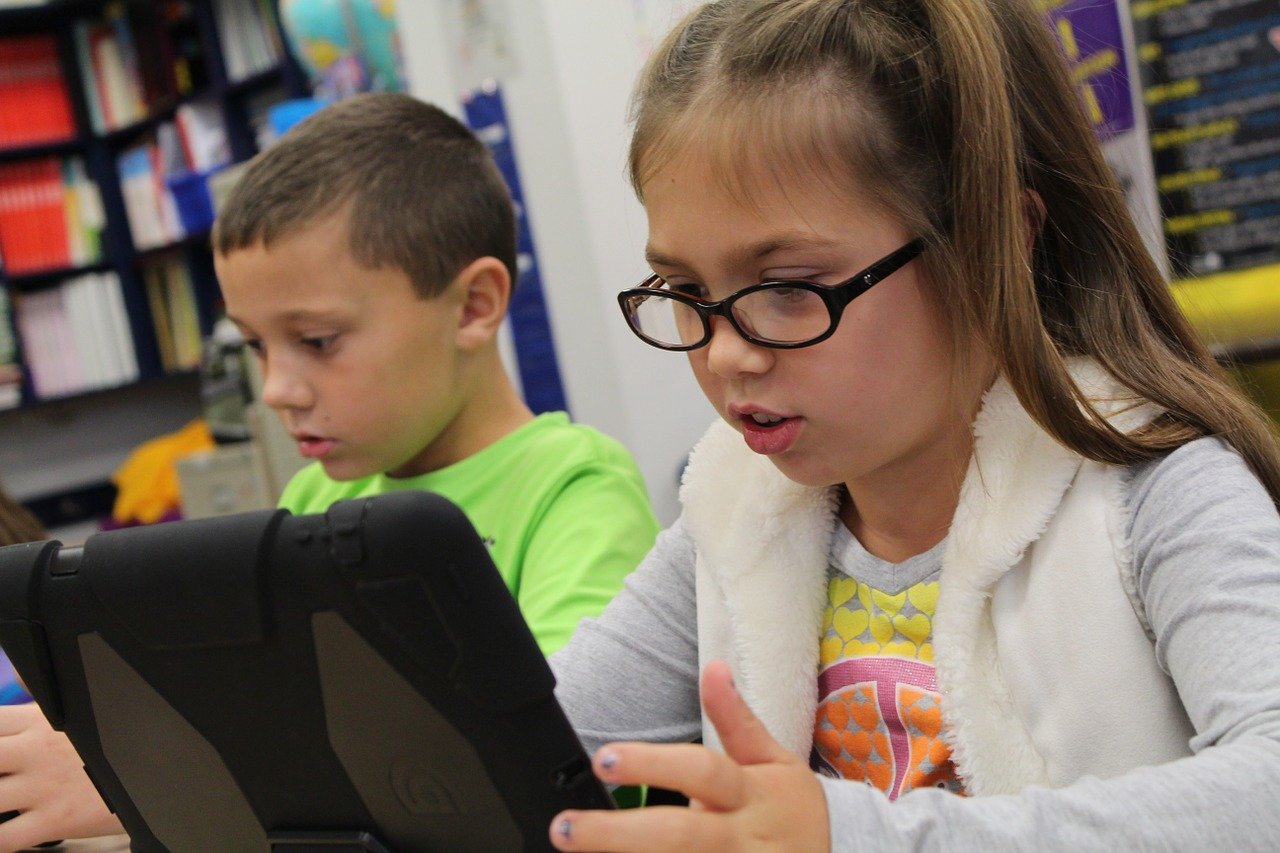Best Practices for Blending SEL and Technology
Blending technology with solid pedagogy and social-emotional learning needs

Ling Lam, Director of Education Technology, Helios School, Sunnyvale, California
After starting out as a facilitator at a nonprofit organization for grieving and foster youth, Ling Lam has learned the importance of recognizing the impact of well-being on students and in all aspects of education.
“For kids there's something we call an ‘invisible owie,’ because when they're grieving or unhappy, they're suddenly saying, ‘Oh, my stomach hurts, my head hurts. I don't feel well,’” says Lam, Director of Education Technology at Helios School in Sunnyvale, California. “And then, they go to the doctor, the doctor says, ‘Oh, there's nothing wrong with you, you don't have a temperature, everything is fine.’ But they do feel hurt, so how do we recognize it?”
Lam focuses on creating that kind of awareness, not only for students but for teachers as well. She has been instrumental in bridging the gap between tech and instruction by developing strong relationships with both teachers and administrators, as well as with students.
Consequently, Lam has developed some best practices in making the case for including more technology in teaching and learning, but also emphasizing the importance of blending technology with solid pedagogy and social-emotional learning needs.
For this and other efforts, Lam was recognized as Best Example of Student and Teacher Well-Being Programs during Tech & Learning’s Innovative Leader Awards in California.
Nominate someone for the Tech & Learning Innovative Leader Award here
Tech & Learning Newsletter
Tools and ideas to transform education. Sign up below.
Best Practices for Blending SEL and Tech

Simply blocking apps is not a solution. “As an administrator, teachers often tell me, ‘Block YouTube,’ ‘Block this,’” Lam says. “I say, ‘Are you crazy? They can just go click on the video in Google. They know how to watch. I cannot block Google.’”
Consequently, blocking or taking away apps/platforms is not a feasible solution because it doesn’t change the behavior, Lam says. It can also result in students resenting the teacher and being motivated in the wrong direction to find another way around any blocking. “You can try to fight them but they all outnumber you in a school,” she says.
Choose the broccoli. Lam advocates for strong digital citizenship instruction. “I tell the kids, ‘Treat others online the way that you want to be treated. Would you say that to the real person? Would you be proud for someone to see this? What would you say?’”
Lam also tells students to stop and consider the possibilities when it comes to using technology. For example, “If I present you chocolate and broccoli, why do we choose chocolate? Because it's that instant gratification,” she says. “But if you take a moment and think about it, ‘Oh, I should take the broccoli. It is so much better for me, it keeps you healthy, it won't give a sugar crash like a candy. It’s gonna help you with all these vitamins and minerals. I’m gonna be stronger.’” Fostering an environment in which students learn to make the proper choices on their own in relation to technology use is critical.
Have a written, detailed plan. It may seem obvious, but developing a technology usage protocol, and making it available to everyone, is essential. "We cannot just throw technology in the classroom and just put an app there and then be like, 'Oh, there you go,'” she says.
Lam clearly lays out step-by-step guidelines of how to approach various contingencies in a document for everyone. "If this goes like this, what we're going to do is this, this is how we're going to approach it, this is how we're going to talk to the parent, this is how we mediate it," she says. "We cannot just do it on the fly."
Take ownership. When students do have certain tech needs, Lam encourages them to handle it on their own as much as possible. For example, if a student forgets their laptop at home, it’s up to them to contact Lam or someone else at the beginning of the day to resolve the issue.
“‘I don't know’ is not an acceptable answer,” I tell my students,” Lam says. “‘If you don't know, you ask someone.’”
Also, by encouraging students to be proactive in situations such as leaving a laptop at home, they’re taking ownership of their own actions, which is a critical part of building social-emotional learning. “When you start owning mistakes, it takes away some of the stigma around it,” Lam says. “They can be like, ‘I've made a mistake. Oh, I know how to fix it. I can do something rather than just sit there and wait for someone.’”
Show appreciation. Another one of Lam's protocols is having the student write a thank you email after they've been helped by a staff member.
“I explain to the kids that when you say thank you, when you show your gratitude to someone, in the future people are more likely to help you because you're not just a taker,” she says. “Then it also becomes a habit the more you do it. Gratitude becomes muscle memory, and I want them to have this same habit from in-person when they go to a website or are in the virtual world. That's gonna help translate forward to make it better for everyone in the long run.”
Ray Bendici is the Managing Editor of Tech & Learning and Tech & Learning University. He is an award-winning journalist/editor, with more than 20 years of experience, including a specific focus on education.
